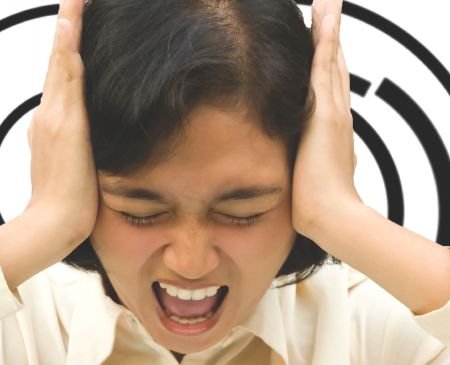How to Recognize Meniere’s Disease

Meniere’s disease is actually an inner ear disorder which is very rare but very dangerous at the same time. This disease is named Meniere on the name of Prosper Meniere, the doctor who identified this disease in 1861. Since that time, Meniere’s disease has been described and treated as an ear disorder that is caused by the change in volume of fluid in the inner ear of human beings. Recognition of Meniere’s disease is not difficult as it increases volume pressure in the inner ear that can cause hearing loss and dizziness. Continue reading if you want to learn more.
Instructions
-
1
First of all, you need to get information about the Meniere’s disease and try to understand that the symptoms of this disease vary in intensity. Some people feel vertigo on regular basis while there are many other people who feel it after years.
-
2
You should also know the degree of variation of Meniere’s disease in inner ear and usually it affects one ear. However, in a few cases people got Meniere’s disease in their both ears.
-
3
The most obvious or prominent symptom of Meniere’s disease is the loss of balance or dizziness which is also called as vertigo which is a sensation of spinning along with vomiting, nausea and sweating.
-
4
You need to have immediate treatment at home as well because the vertigo attacks are sudden and usually of severe nature causing unbearable pain in ear as well.
-
5
People suffering from Meniere’s disease also have roaring or ringing sounds in their year which is another symptom of Meniere’s disease and this symptom is called tinnitus. You should try to identify whether the sounds in your ear are continuous or come with intervals.
-
6
Hearing loss is another symptom of Meniere’s disease and people fail to listen sounds especially those that are low-pitched. However, hearing usually recovers after an attack of Meniere’s disease but with the passage of time it becomes weak.
-
7
The exact cause of Meniere’s disease is still unknown and there is a research in progress in this regard but there is one thing obvious that change in the volume fluid causes Meniere’s disease and this change is also called endolymph.
-
8
There are a few other symptoms of Meniere’s disease which are diarrhea, abdominal pressure and headaches which are minor problems but help in identifying the Meniere’s disease.




